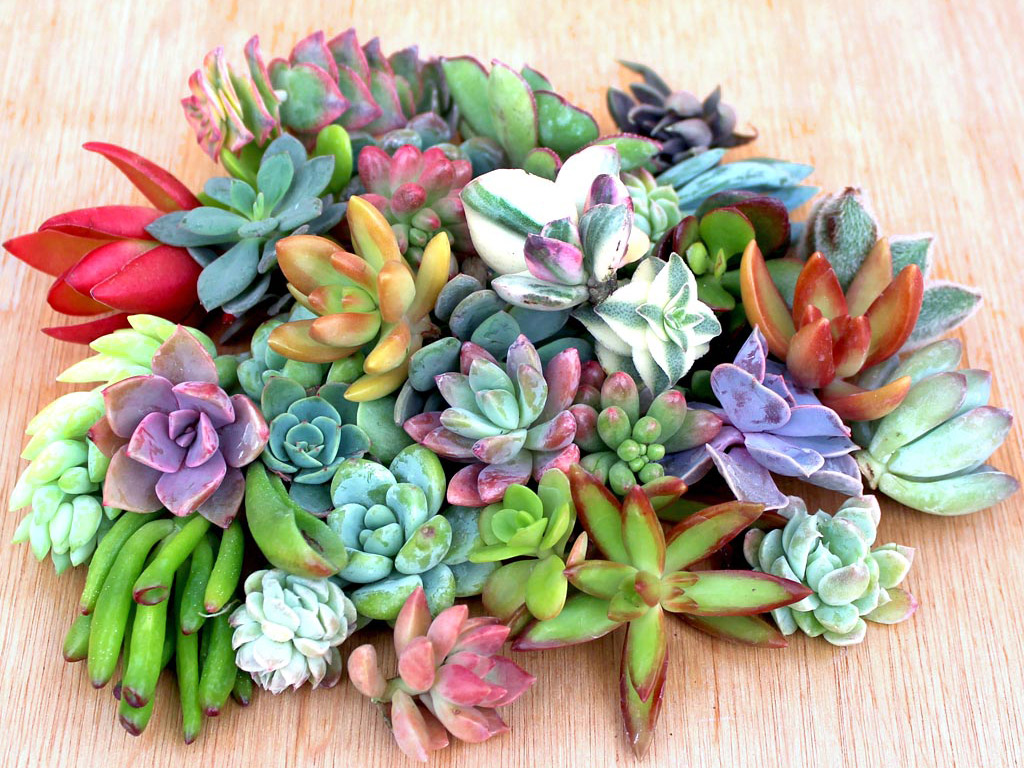Care Guides
Growing Succulents from Seed
A lot of people want to grow succulents from seed, but there are a few things to know before you start. We'll let you in on a little secret: we don't sell our succulent seeds. In fact, we don't use seeds at all!
This article explains why growing succulents from seed is less than ideal. It also shares our methods for propagating new succulents without a single seed. Spoiler alert: it's so easy, you'll be multiplying your own succulent collection in no time.
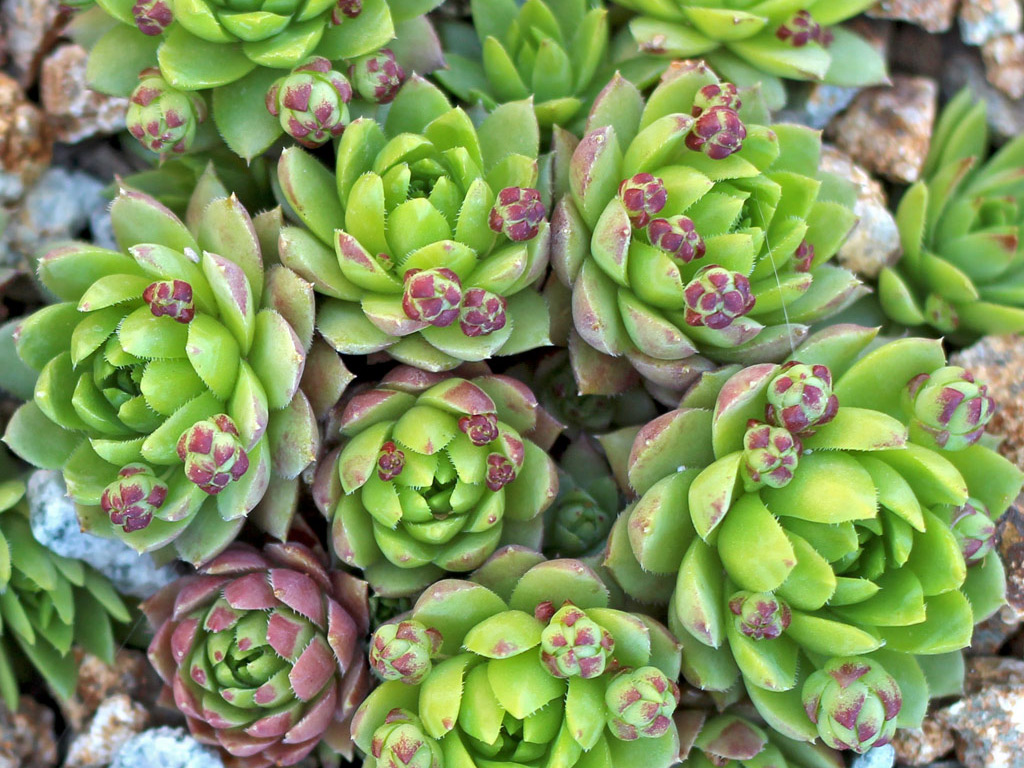
|
| Sempervivum 'Emerald Spring' with new offsets or "chicks" |
Unknown Results
Growing succulents from seed can be unreliable. Most popular varieties are "cultivated varieties" (i.e. cultivars) or genetic sports. Cultivars and sports are bred and/or perpetuated by humans. They do not grow true from seed in nature.
This means that a seedling might be similar in appearance and vigor to its parent plant, but it could be completely different. The same is true for naturally occurring species. If the parent plant was cross-pollinated with a different species, the resulting plants will not be identical to their parents.
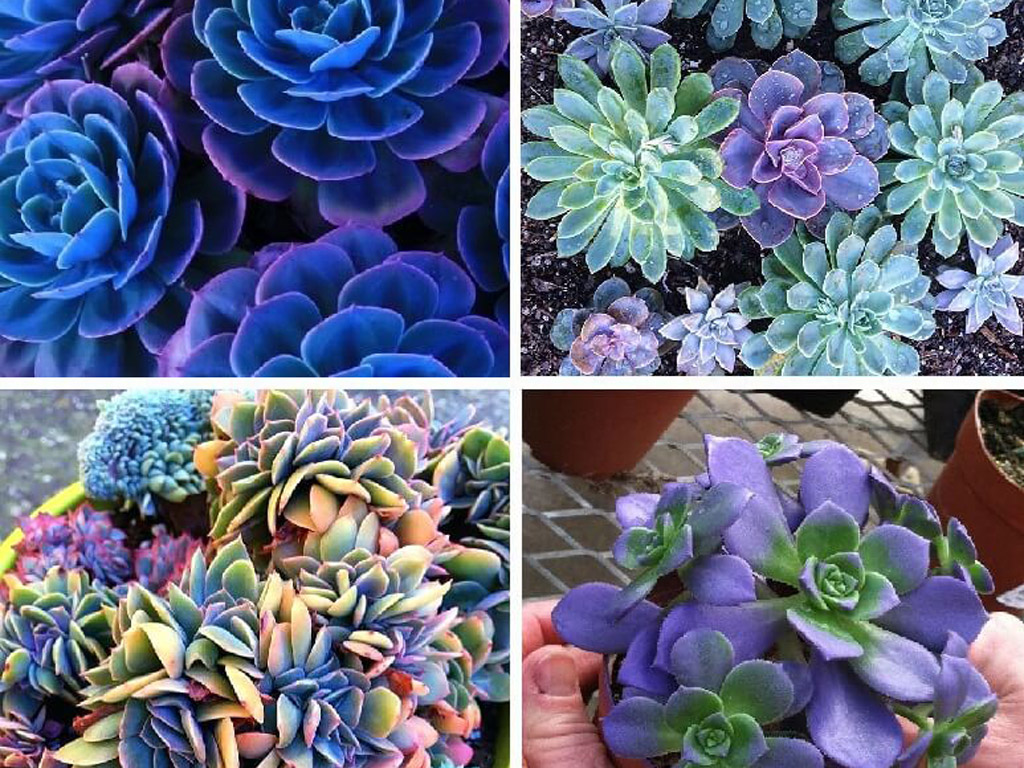
|
| Misleading ad for succulent seeds |
For this reason it's important to source quality seed. Too often, the image accompanying seeds for sale is photoshopped and not representative of the the actual outcome.
The casual grower may have to test many batches of seed before germinating a healthy, good-looking plant. But if you're willing to dedicate a lot of time to hybridization, you just might come up with the next greatest cultivar!
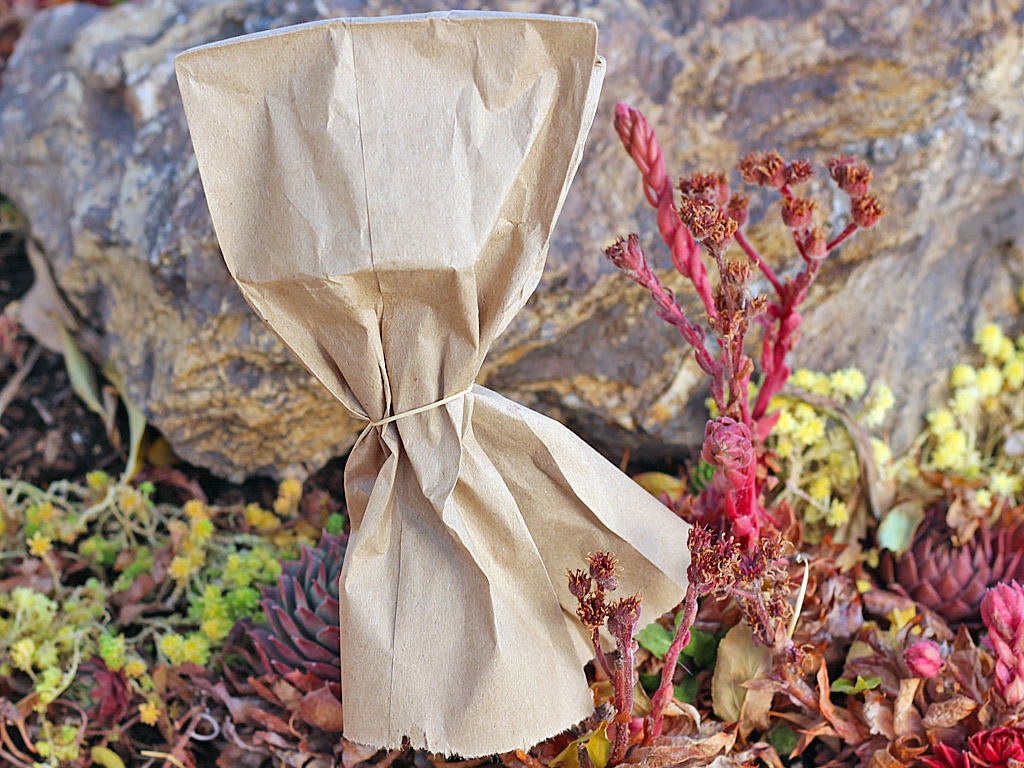
|
| Seed saving with a Sempervivum bloom |
Slow Process
In addition to unpredictable outcomes, growing succulents from seed takes a long time. Some succulents, like Sempervivum, can take years to bloom and produce seeds. Even after the seeds are collected and sown, they can take anywhere from three weeks to a year to germinate, let alone grow into full-sized succulents.
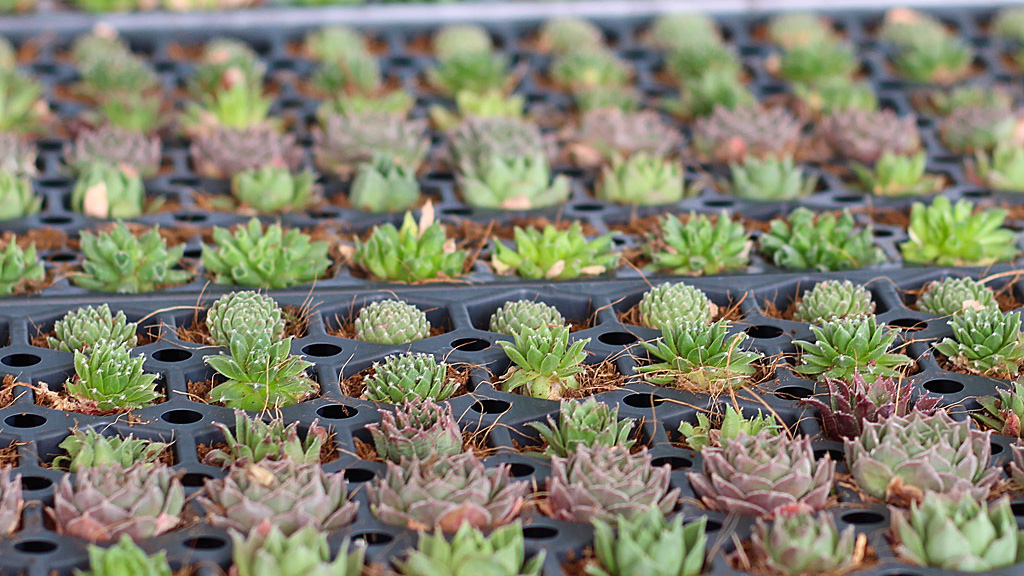
|
| Young Sempervivum chicks |
Challenging to Grow
Succulents are known for being resilient, easy growers. Succulent seeds, however, are finicky and sensitive to small fluctuations in environmental conditions. They can be tiny and dust-like, requiring very diligent care. Most varieties like the indirect sunlight found outdoors, but also need moderate temperature and humidity, which is easier to control indoors.
You may love succulent plants because they can tolerate weeks of neglect, but even a day without gentle watering can be enough to kill a small seedling.
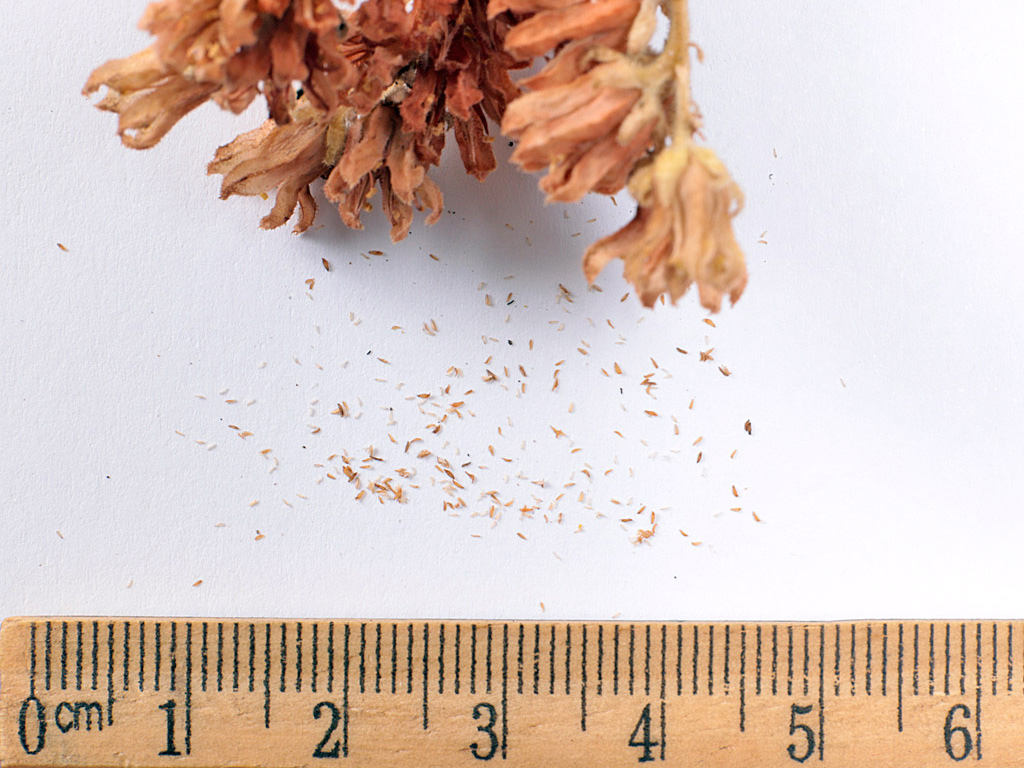
|
| Fine seed dust from Sempervivum heuffelii |
Easy Succulent Propagation
If succulents are so difficult to grow from seed, how is it that we have any left? In the wild, most successful propagation happens not from seeds but from vegetative offsets. Many types can send out new offspring from a mother plant (think Hens & Chicks). Other can re-grow from a fallen leaf or a broken section of stem.
Our nursery mimics nature and uses both of these techniques to skip seed germination. In this way we can quickly grow new plants that are genetically identical to their parent plant. This is how we can confidently predict how our plants will look and grow.
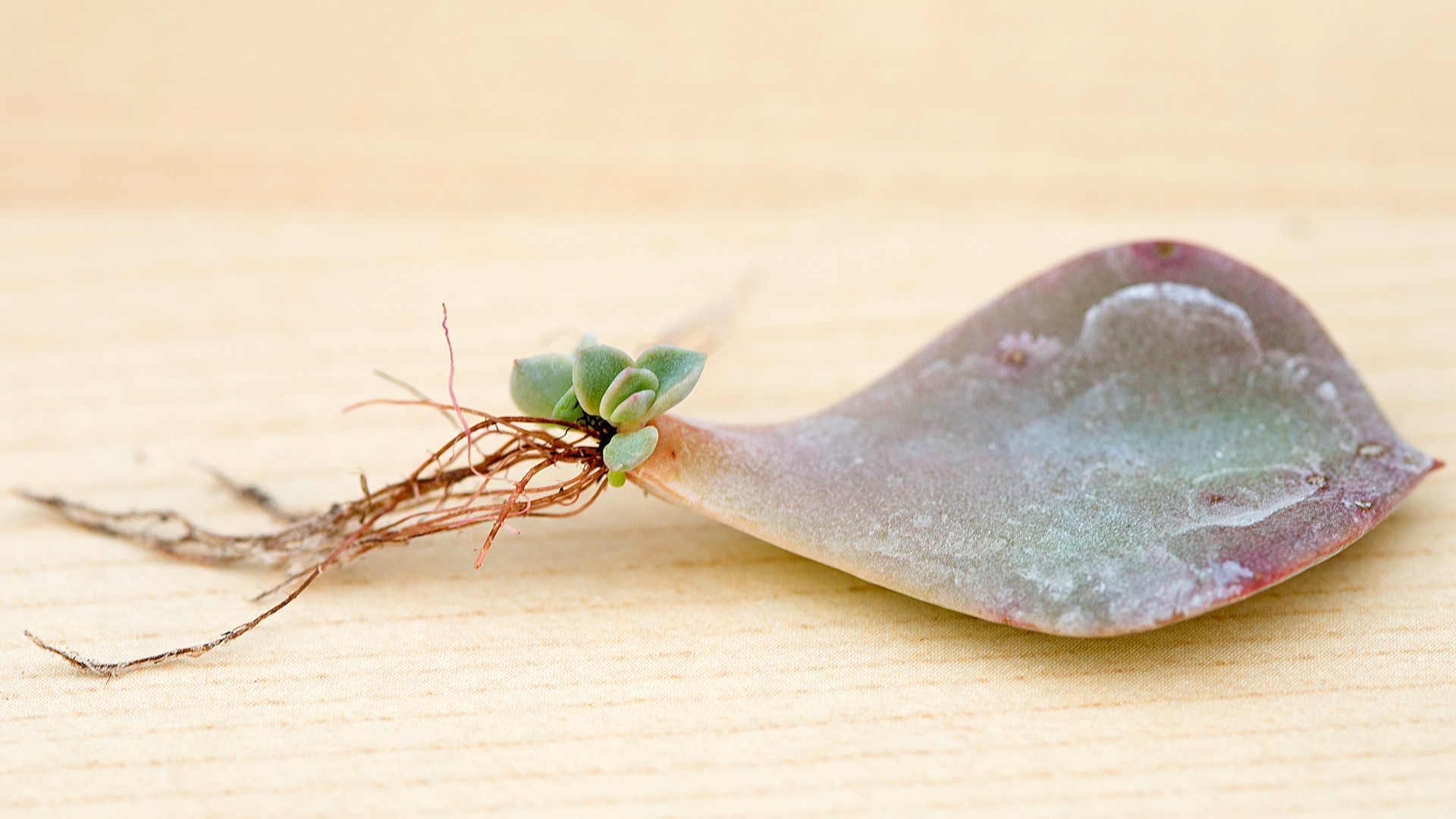
|
| Succulent Leaf Propagation |
Want to try it yourself? Growing your own succulents is extremely simple and rewarding. We offer both stem cuttings and unrooted rosettes so that you can take part in the growing process.
We've also compiled our nursery knowledge into this Visual Cuttings Guide so that you too can turn a leaf or a bit of stem into a full-grown, rooted plant. Watch out though! Growing succulents this way is addictively fun and easy.
The other great option for getting affordable, high quality succulents is to buy them wholesale. You do not need a special retail account to get wholesale discounts at Mountain Crest Gardens. Our trays and sets are the best way to fill out your collection with high-quality, rooted plants.

